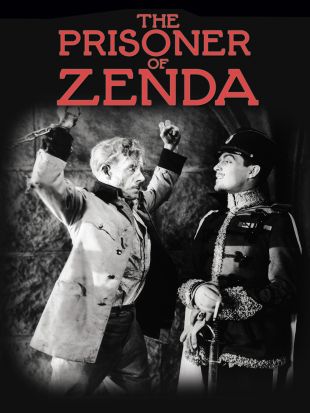Not to be confused with the African American actor of the same name, Irish-born actor/director Rex Ingram was a set designer and painter before entering films as a performer in 1914's Necklace of Rameses. Handsome enough to thrive as a film star, Ingram was more attracted to directing, making his debut in this capacity with the 1916 feature The Great Problem. A consummate artist, Ingram disliked the crass business haggling of Hollywood, and was particularly disenchanted with the level of American writing. He was drawn to the mystical, tragic novels of Spanish author Vicente Blasco Ibanez; many of these were unfilmable, but one Ibanez adaptation, Four Horsemen of the Apocalypse (1922), was not only a hit for Ingram but secured the stardom of Rudolph Valentino. Unwilling to submit to rushed production schedules and tight budgets, Ingram was not well loved in Hollywood, though he found a kindred spirit in fellow director Erich Von Stroheim, who like Ingram was meticulous in detail but careless in spending studio money. When Von Stroheim completed the eight-hour film drama McTeague, Ingram volunteered out of friendship to cut the film down to a more playable length. When Ingram's cut was whittled down further by MGM and released as Greed (1924), Ingram decided that he was sick of the so-called "butchers" of Hollywood and retreated to France, where he set up his own studios in Nice to direct films of his own choosing with his wife Alice Terry as star. Visually exquisite, with richly toned photography and beautifully tinted film stock, Ingram's features were artistic successes but box-office disappointments. Seen today, such Ingram films as Mare Nostrum (1926) and The Magician (1927) are feasts for the eye, but rather stodgy and slow; moreover, though he fancied himself a writer, Ingram's screenplays are often confusing and disorganized. Still, he was a staunch individualist in a world of cookie-cutter studio directors, and Ingram had a loyal following, even if his films lost money for his Anerican distributors. Utterly opposed to the introduction of talking pictures, Ingram made one sound film, Baroud (1931), which was filmed in Morocco. Thereafter, Ingram abandoned filmmaking for the tenets of Islam, devoting the last two decades of his life to introspective worship, writing, and sculpting.
Rex Ingram
Share on


